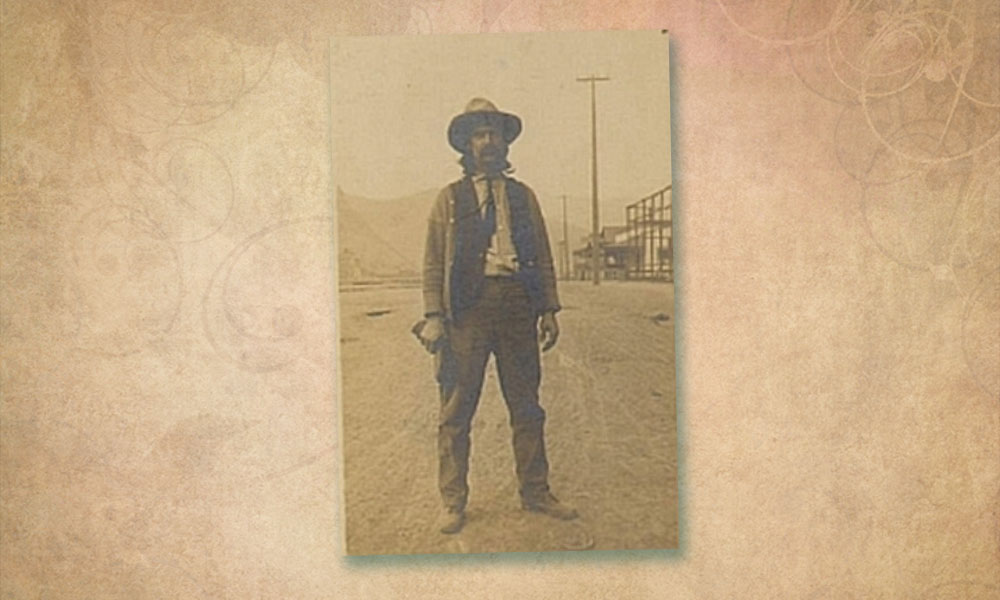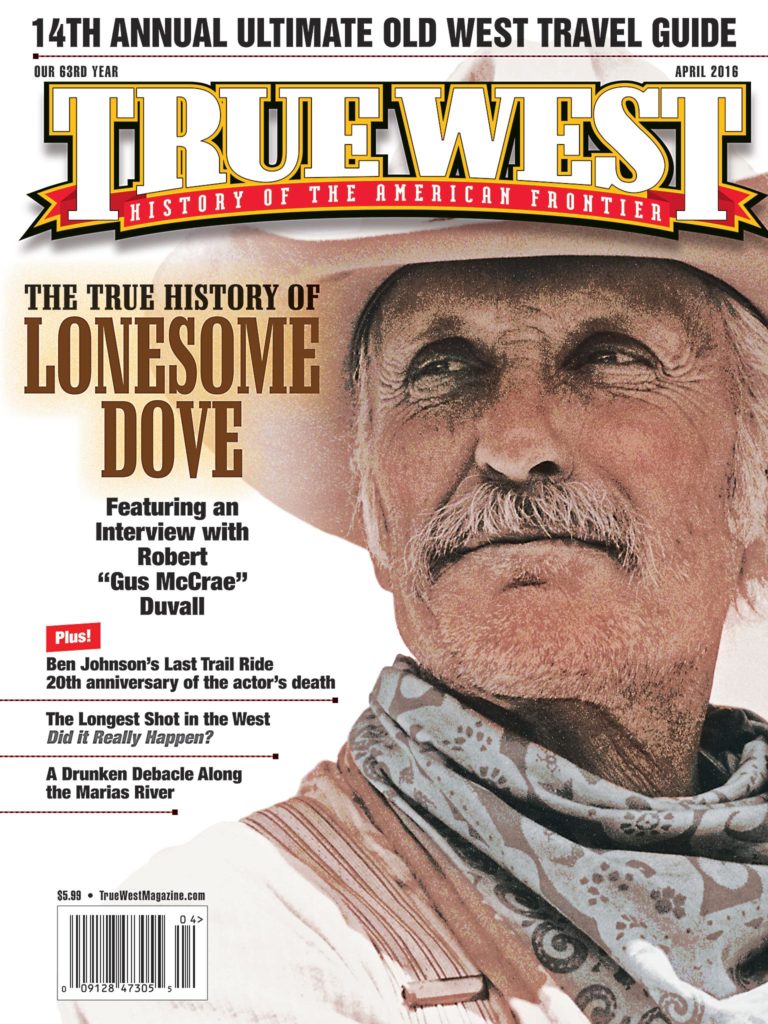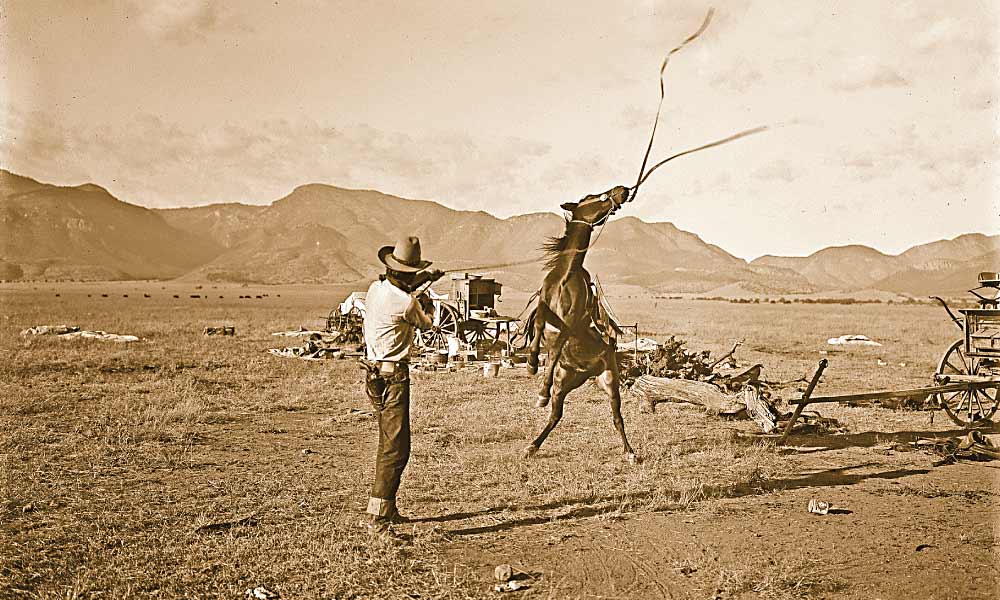
– Bequest of Mary Alice Pettis and Erwin E. Smith Collection of the Library of Congress, Amon Carter Museum of American Art, Fort Worth, Texas, © Erwin E. Smith Foundation, LC.S6.046. –
The Spanish and Mexicans were ranching in Southern Arizona centuries before intrepid Pete Kitchen, and wife, Rosa, herded Mexican cattle four miles north of the border to present-day Nogales in 1862. They set down roots and defied marauding Apaches and outlaws with Kitchen’s expert marksman-ship. He may have been one of the first successful American ranchers, but definitely not the last.
When Kitchen settled near Nogales, he discovered what the territory’s southern neighbors had discovered many decades before: Southern Arizona’s beautiful grasslands and rivers. Nineteenth-century writer J. Ross Browne commented in 1864: “It [Santa Cruz Valley] consists of rich bottomlands and rolling hills, extending six leagues up and down the Santa Cruz River…embracing excellent pasturage and rich arable lands on both sides… At present, however, and until there is military protection in the country, it is utterly worthless, owing to the incursions of the Apache.”
Following the Civil War, forts—including Lowell, Grant, Crittenden, Huachuca, Buchanan, Bowie, Goodwin and Thomas—established peace with the Indians, although it took over 20 years. During that time, ranching and mining boomed.
Let’s begin our tour at the expansive Empire Ranch. In 1876, New Jersey native Walter Vail and Englishman Herbert R. Hislop stepped from a stage in Tucson, seeking land to establish a partnership livestock operation. They purchased the 160-acre Empire Ranch homestead in the rolling grasslands and oak-studded Cienega Valley from Tucson merchants Edward Fish and Simon Silverberg. They immediately set to work improving the pre-existing four-room adobe.
Within three years, Hislop had sold his share, moved back to England and Walter’s brother, Ned, joined the partnership. In addition to running large herds of cattle and breeding horses, the brothers discovered silver in their northern pasture. Operating from 1881 until 1887, The Total Wreck Mine generated more than $500,000 (over $11.6 million today). Mining was not new to the area. In 1854, when Southern Arizona became a U.S. possession as a result of the Gadsden Purchase, American prospectors and investment companies started mining silver deposits known previously to the Spanish and Mexicans.
By 1900, the Empire was a thriving cattle ranch with a complex of buildings and employing local vaqueros. These men used methods and traditions derived from the Spanish influence first introduced in the 1500s.
But perhaps what the Empire Ranch can be proudest of is executing one of the last, if not the last, traditional cattle drive. By 1881, the Southern Pacific Railroad had reached Tucson, thereby allowing cattle to be shipped efficiently. It proved so popular that in 1890 the railroad raised rates. Protesting the increase, ten cowboys from the Empire drove 900 cattle across the desert to California. As a direct result of this drive’s success, the railroad rescinded its rate hike.
Today, the Empire Ranch, under the management of the Bureau of Land Management, remains one of the oldest continuously working cattle ranches in the region. Over thirty movies and TV shows have been shot there including Red River, Oklahoma! and Monte Walsh (1970).
The Empire welcomes visitors to view the operations free of charge. To reach the Empire Ranch, take I-10 southeast from Tucson to State Highway 83, turn south 18 miles, then east between mile makers 39 and 40. The gate is three miles farther on a dirt road. If you want to try your hand at working cattle or enjoy a serene ranch vacation in Southern Arizona, try the Crown C Ranch (originally part of the Empire), located between Patagonia and Sonoita.
With his reputation as a fierce Texas Ranger firmly intact, John Slaughter retired and moved his family to Tucson in 1876, where, a year later, smallpox took his wife. Slaughter and his brother then ran cattle in New Mexico and, in 1879, John met and married 18-year-old Viola Howell, Daniel Boone’s great-great-granddaughter. John and Viola moved to Tombstone and in 1884 purchased most of an old land grant comprising the San Bernardino Ranch near Douglas, which had served as Army headquarters for 20 years. Later, Slaughter bought additional acreage, creating a 100,000-acre cattle empire that sprawled across southeast Arizona Territory and south into Mexico. The house literally straddled the U.S./Mexico line where Viola enjoyed walking from “country to country” between rooms. Slaughter’s cattle operation was successful from the beginning and he established himself as a power in this sparsely populated area.
Where prosperity exists, people are lured to prey upon it. Slaughter put together an army of cowboys who could not only rope and ride, but shoot as well. Soon, cattle bearing his “Z” brand were left unmolested. He was so successful, in 1886 his neighbors persuaded him to run for Cochise County sheriff. Easily elected, he cared little for lawyers or trials and often acted alone to mete out punishment. An historian wrote, “He shot Tombstone full of law and order.” One of the true Arizona cattle kings, Slaughter built his sprawling San Bernardino Ranch into a small town, complete with store, school, blacksmith shop and post office.
Now a registered National Historic Landmark, the old adobe ranch house and several outbuildings have been restored. Visitors are welcome and can tour the icehouse, washhouse, granary, commissary and a machinery shed, to appreciate 19th-century rural life in Southern Arizona. To visit John Slaughter’s ranch, take I-10, to U.S. Highway 191, then south to Douglas. The ranch museum is 16 miles east of Douglas on the Geronimo Trail.
While Slaughter did not mine on his property, nearby silver and copper excavations flourished. The boomtowns of Bisbee and Tombstone sprang up with the discovery of gold, silver and copper. Earlier, Spanish explorers had discovered copper deposits, but they soon realized that with the area being so hostile and remote, ore could not be extracted and shipped economically. With the Southern Pacific Railroad completed in 1881, mining could become profitable. In addition to copper, silver claims were staked at Bisbee. Producing 102 million troy ounces, Bisbee is historically the 10th-largest silver-producing district in the country. Copper and silver mining in Bisbee continued until 1975.
Over the border near Nogales, Pete Kitchen established a ranch on Potrero Creek in 1862. With good access to water, this area had been visited as early as 1774 by Spanish explorer Capitán Juan Bautista de Anza. Kitchen’s fortified ranch house sat on a hill with commanding views on all sides. In the days of early settlement by Anglos in southeast Arizona, there was probably no one more feared nor respected than Pete Kitchen. From Highway 82 in Nogales take the Tucson-Nogales Highway northward about 5 miles to Nikos Road. Turn east and proceed another .4 miles or so to the old ranch house which is on the National Register of Historic Places on the east side of the road. There are some additional ruins nearby to the east that are designated National Historic Landmarks, but these are on private property. The Ranchers’ Heritage Center in the 1904 Courthouse in Nogales has exhibits about the history of ranching on the borderlands, while The Circle Z Ranch, northeast of Nogales offers guests opportunities to ride through the historic grasslands and hills of one of the state’s oldest cattle ranching regions.
On the way back to Tucson and a tour of the Arizona Historical Society Museum, ranching history buffs should take a drive down Coronado National Forest Road 61 across the historic San Rafael Ranch, now protected as Arizona’s San Rafael State Natural Area. While not currently open to the public, the former Mexican LandGrant was Col. William C. Green’s ranch headquarters that once extended over 600,000 acres. The famous turn-of-the-century ranch house has been seen in numerous movies and is protected within a National Historic District created in 2008. After ranching ceased in 1998, the Nature Conservancy bought the ranch, and in 1999 the state of Arizona acquired 3,556 acres as a natural area.
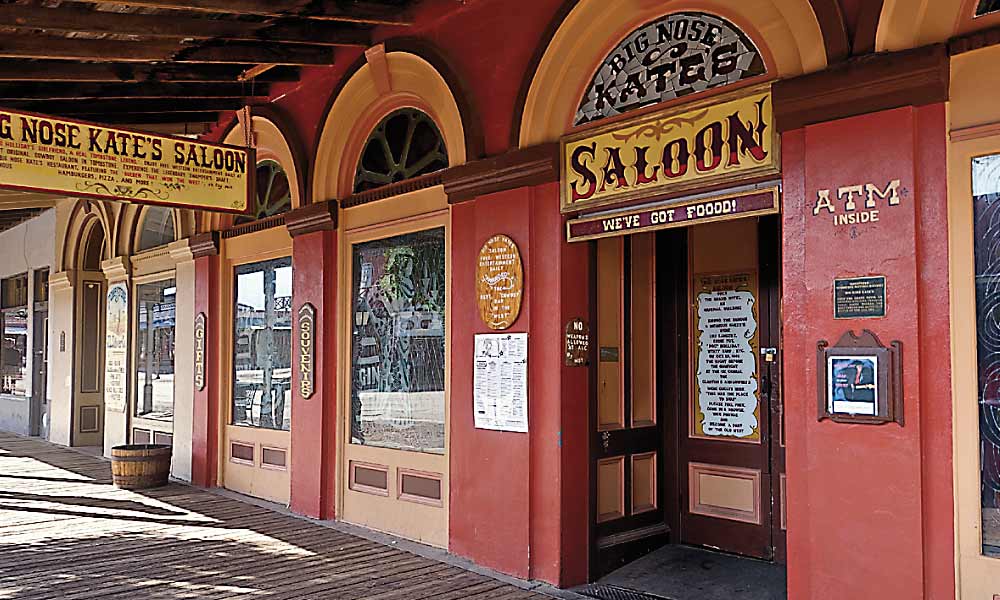
– Courtesy Cochise County –
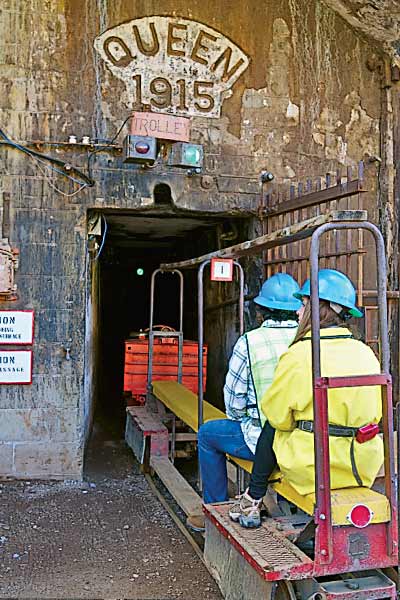
– Courtesy Cochise County –
Melody Groves, when not traipsing across Arizona or her native New Mexico, plays rhythm guitar with the Jammy Time Band. She lives in Albuquerque with her photographer husband, Myke.


